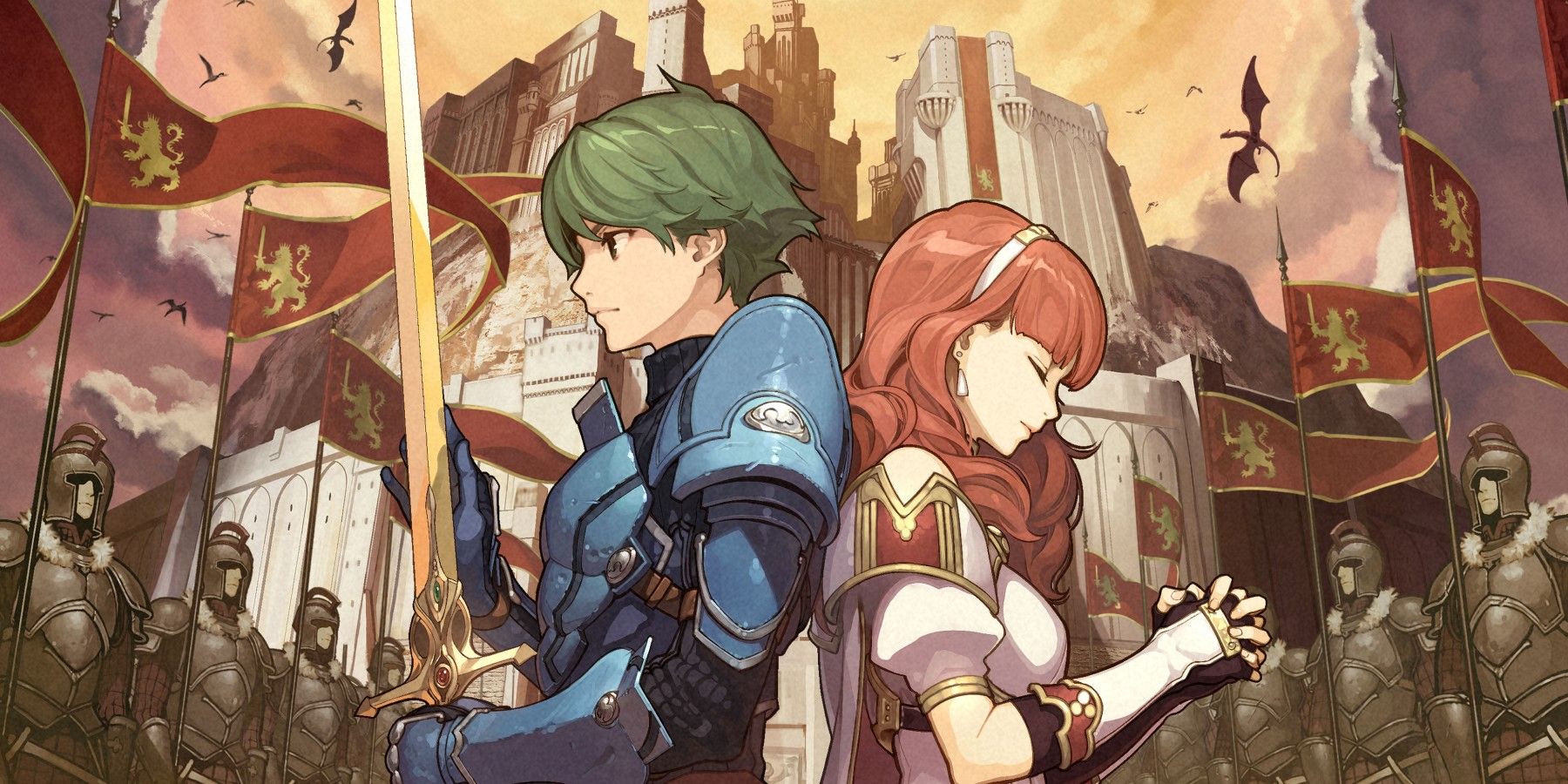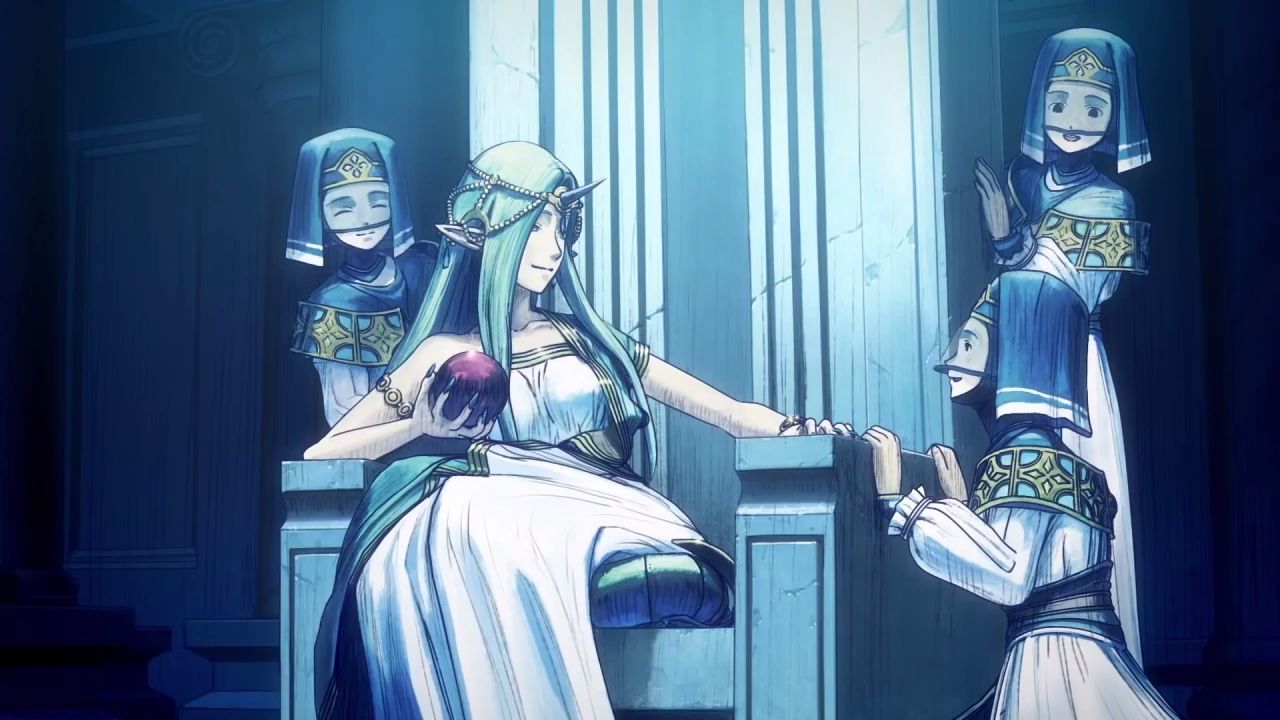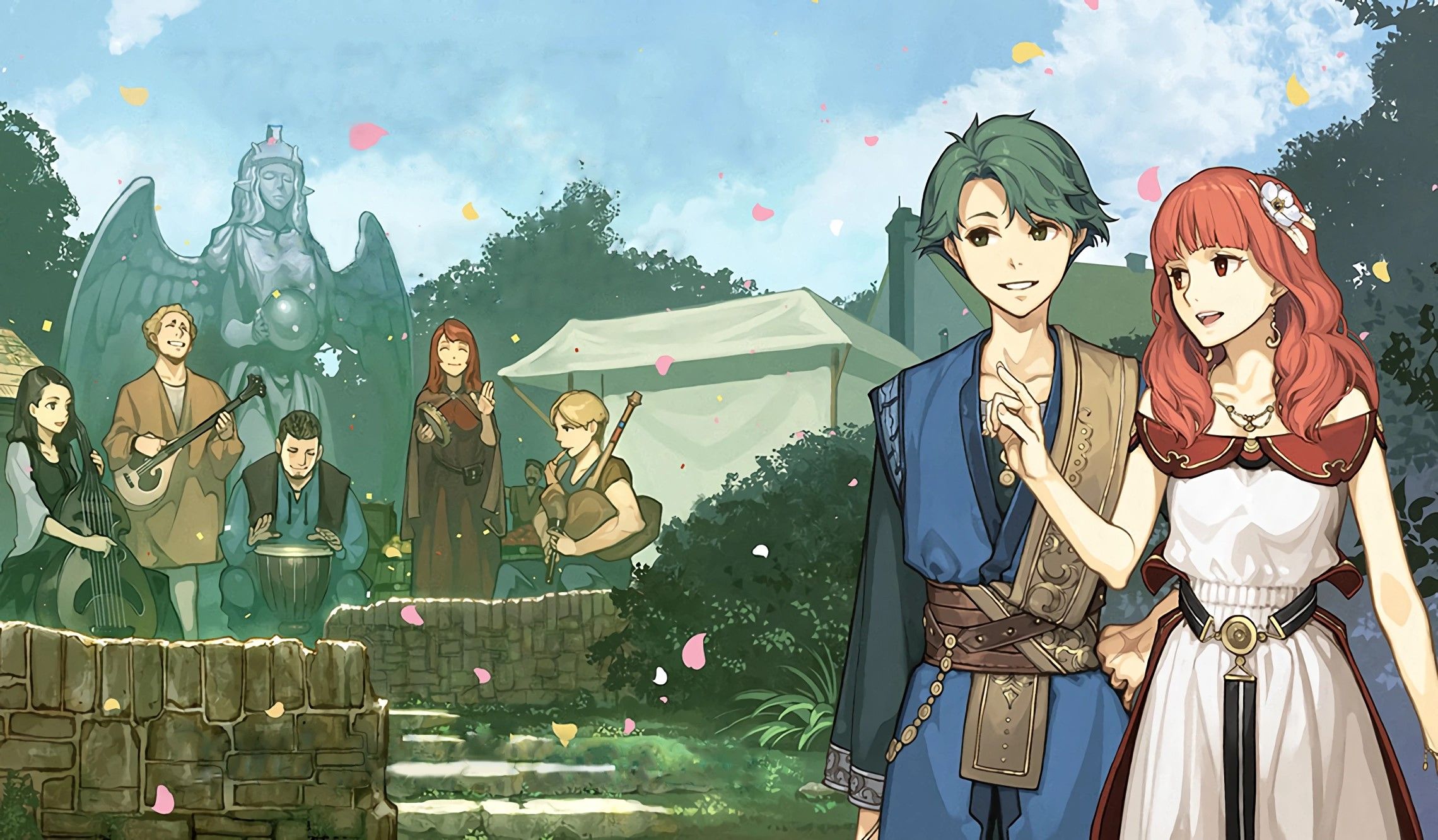The history of Fire Emblem is fraught with record highs and perilous lows. Though the franchise has been around for 30 years, it has only been international for 20 years, and has only been widely-popular for 10. The series almost saw its end before the success of Fire Emblem: Awakening, which resurrected the series into a world-wide sensation. However, among its many historical titles, Fire Emblem Echoes: Shadows of Valentia–the last Fire Emblem title for the 3DS that released five years ago–flew under the radar of far too many fans.
Though most games in the series reimagined the features of its predecessors, Fire Emblem Echoes: Shadows of Valentia managed to simultaneously pay homage to the game’s history while breaking the mold in unexpected ways. It retains the core elements of a Fire Emblem game, but its experiments with new mechanics pushed the boundaries of what a Fire Emblem game could be. Though a remake of an old Fire Emblem title, Shadows of Valentia provided an uncommon experience that laid the groundwork for the success of Fire Emblem: Three Houses.
A Fire Emblem Game Like No Other
Fire Emblem Echoes: Shadows of Valentia is a remake of Fire Emblem Gaiden, the second entry in the franchise. As with many other early Fire Emblem games, Gaiden was never localized for a western audience, so Shadows of Valentia was the first introduction to protagonists Alm and Celica for many players. With a drastic shift in gameplay from other Fire Emblem titles, Gaiden is often called the “black sheep” of the Fire Emblem family, and is compared to Zelda II: The Adventure of Link and Super Mario Bros 2.
In many ways, Shadows of Valentia followed in the footsteps of the original. Plenty of Shadows of Valentia’s mechanics were evolutions from those only found in Gaiden. For example, rather than equipping a character with several weapons like in other Fire Emblem titles, Shadows of Valentia characters carried a single weapon with no durability. Additionally, the Weapon Triangle–the iconic rock-paper-scissors contest between axes, lances, and swords–was removed, with each weapon having different strengths and weaknesses instead. Each character also had a set class progression available to them, similar to other older titles in the franchise. Fire Emblem: Three Houses saw these systems reverted to their original state.
Shadows of Valentia also introduced the concept of dungeons. While other Fire Emblem games have had optional side missions, Shadows of Valentia allowed players to explore dungeons as Alm or Celica in a 3D map. Within these dungeons, they could find items and encounter enemies. Players could strike enemies on the world map, granting a bonus in combat akin to JRPGs like Trails of Cold Steel. Sadly, this popular mechanic didn’t make it into Three Houses either.
How Shadows of Valentia Built Fire Emblem: Three Houses
However, many of the systems that the game introduced did make it into future releases. Shadows of Valentia was the first Fire Emblem game to be fully vocalized–all support lines and dialogue, save a few minor lines, are voice acted. It also added Mila’s Turnwheel, which allows players to rewind turns on a map. This mechanic appears in Three Houses as the Divine Pulse.
Likewise, Shadows of Valentia was the first game to have Combat Arts. Characters could learn these techniques by using specific weapons or items for long enough, rather than based on their class as in Three Houses. Using these Combat Arts sacrificed some of the unit’s HP, rather than consuming more points of the weapon’s durability like Three Houses.
Shadows of Valentia also introduced character-specific spellcasting. Each character learns a specific selection of spells they can use while in spellcasting classes–a mechanic similar to Three Houses. However, like Combat Arts, spells in Fire Emblem: Shadows of Valentia consumed HP, rather than having limited uses per map as in Three Houses.
Though Shadows of Valentia was not a perfect game, it paved the way for Three Houses to become the best-selling Fire Emblem game to date. Because it was a remake of a less-popular Fire Emblem title, it was never going to sell as well as a main entry. That said, Fire Emblem Echoes: Shadows of Valentia was a strong success, and is worth the time for both old and new Fire Emblem fans.
Shadows of Valentia: Fire Emblem’s Diamond in the Rough
Fire Emblem Echoes: Shadows of Valentia is still an exemplary title in the Fire Emblem franchise five years later. It is the first game truly capture the essence of old school Fire Emblem games in many years thanks to its shift from the norm.
This, of course, is not without its hiccups. The map design in Shadows of Valentia was weak and repetitive at times, and the victory conditions suffered from simplicity and straightforwardness further complicated by sudden spikes in difficulty. Likewise, while the muted color scheme gave the game an old-timey feel, it can prove bland after a while. The linear nature of the game, as well as its ties to an old, weak narrative, caused some characters to appear flat and uninspiring when compared to other characters in the series.
This is most evident when comparing characters from Fire Emblem Gaiden to those original to Shadows of Valentia. The Rigelan royal Berkut, the Zofian noble Fernand, and Celica’s half-brother Conrad are three excellent examples. These three characters shined in the story of Fire Emblem: Shadows of Valentia by adding layers of complexity and intrigue not present in Gaiden. They also enhanced the characterization of Alm and Celica, and some of the best characters in Fire Emblem history, so much so that other supporting cast members seemed weak in comparison since they were still bound by their original depictions.
Fire Emblem: Shadows of Valentia shined most when it was unafraid to take risks. Though it was a remake of an older game, it still stood on its own foundation with inspired mechanics, plot threads, characterization, and innovations, topped off with an incredible soundtrack. In many ways, Fire Emblem Echoes: Shadows of Valentia is what every video game remake should strive to be.
There hasn’t been word of another Fire Emblem Echoes remake yet, despite the ample ground it could revisit. Genealogy of the Holy War, Thracia 776, and The Binding Blade have not been released internationally, and fans would love to experience the stories of Sigurd, Seliph, Leif, and Roy without fan translations. In addition to modern remakes of later GBA, Game Cube, and Wii Fire Emblem games, many Shadows of Valentia fans hope Fire Emblem Echoes could become a full anthology.
Fire Emblem Echoes: Shadows of Valentia is available now for 3DS.



